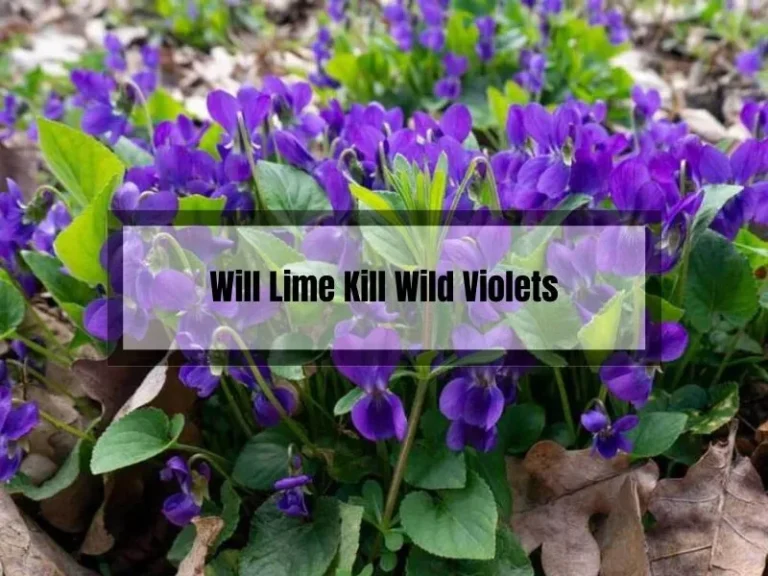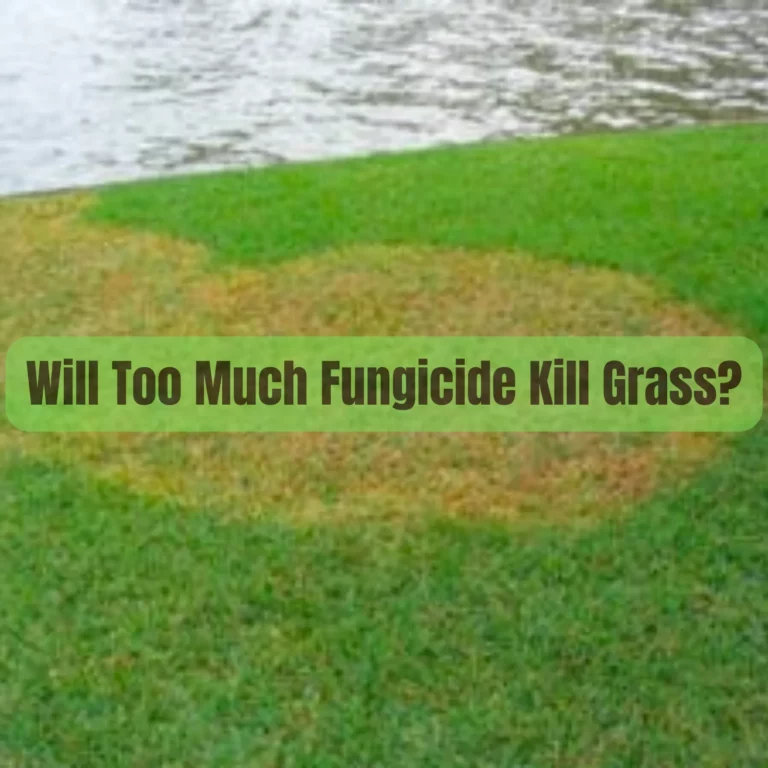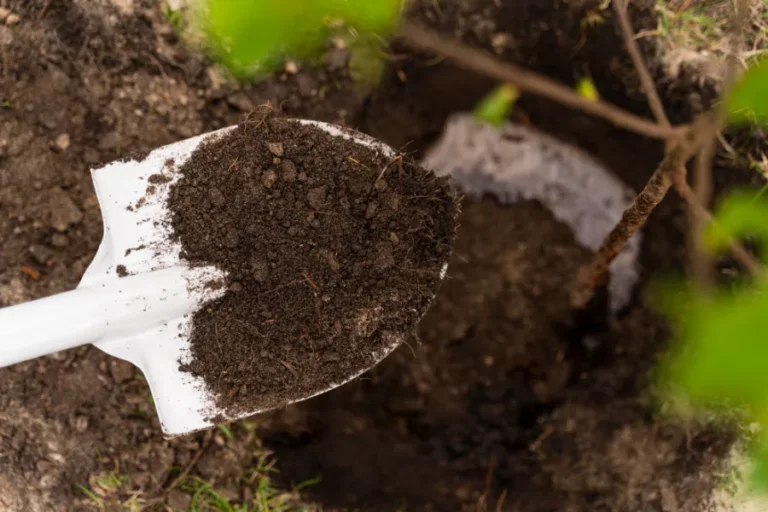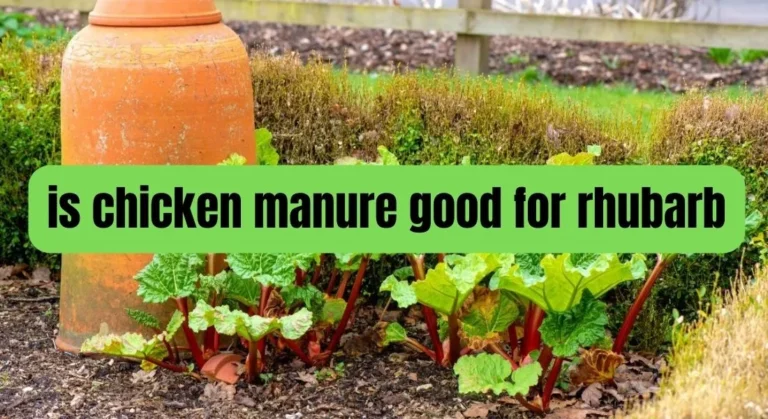Is Peat Moss Good for Grass? A Friendly Guide to Understanding Its Benefits and Drawbacks
If you’re a lawn owner, you’re probably always looking for ways to keep your grass healthy and lush. One product that you may have heard of is peat moss. But is peat moss good for grass? The answer is yes.
Peat moss can be a valuable addition to your lawn care routine, as it helps improve soil quality and promotes healthy grass growth.

Peat moss is a type of organic matter that is harvested from bogs. It is rich in nutrients and can help improve soil quality by increasing its ability to retain moisture and nutrients.
Additionally, peat moss can help prevent soil compaction, which can be beneficial for grass roots. By incorporating peat moss into your lawn care routine, you can help ensure that your grass stays healthy and vibrant.
Key Takeaways
- Peat moss can be a valuable addition to your lawn care routine, as it helps improve soil quality and promotes healthy grass growth.
- Peat moss is rich in nutrients and can help increase soil’s ability to retain moisture and nutrients.
- Incorporating peat moss into your lawn care routine can help prevent soil compaction and ensure that your grass stays healthy and vibrant.
Understanding Peat Moss

Definition and Origin
Peat moss is a type of organic matter that is formed from decomposed plant material. It is commonly found in bogs and wetlands. Peat moss is harvested from these areas and is used in a variety of applications, including gardening and landscaping.
Peat moss has been used for centuries as a soil amendment due to its ability to improve soil structure and nutrient retention. It is also used as a growing medium for plants, as it provides a light and airy environment for roots to grow.
Properties of Peat Moss
Peat moss has several properties that make it a valuable addition to soil. It is highly absorbent and can hold up to 20 times its weight in water. This makes it an excellent choice for improving soil moisture retention.
Peat moss is also acidic, with a pH range of 3.5 to 4.5. This acidity can be beneficial for certain plants, such as blueberries and rhododendrons, which prefer acidic soil.
In addition, peat moss is low in nutrients, which makes it a good choice for soil amendment without the risk of over-fertilization. However, it should not be relied upon as the sole source of nutrients for plants.
Overall, peat moss is a valuable addition to soil for its ability to improve soil structure, moisture retention, and acidity. It is commonly used in gardening and landscaping and is a popular choice for improving grass growth.
Benefits of Peat Moss for Grass

If you are looking for an effective way to improve the quality of your grass, peat moss is a great option. Here are some benefits of using peat moss for your grass:
Soil Amendment Qualities
Peat moss is a great soil amendment that can improve the texture and structure of your soil. It can help to loosen compacted soil, making it easier for roots to grow. Additionally, it can increase the soil’s ability to hold onto nutrients, which can lead to healthier grass.
Water Retention Capabilities
Peat moss has excellent water retention capabilities. It can hold several times its weight in water, which means that it can help to keep your grass hydrated even during dry periods. This can help to reduce the amount of watering needed to keep your grass healthy.
Acidic pH Balance Effects
Peat moss has an acidic pH balance that can help to lower the pH of your soil. This is beneficial for grass that prefers acidic soil, such as bluegrass and fescue. Additionally, the acidic pH balance can help to prevent the growth of weeds and other unwanted plants.
Overall, peat moss is a great option for improving the quality of your grass. Its soil amendment qualities, water retention capabilities, and acidic pH balance effects can all contribute to healthier, more vibrant grass.
How to Apply Peat Moss to Your Lawn
If you have decided to use peat moss on your lawn, there are a few things you need to keep in mind before, during, and after the application. Here’s a step-by-step guide to help you apply peat moss to your lawn correctly.
Preparation of the Lawn
Before applying peat moss, you need to prepare your lawn. Here’s what you need to do:
- Mow the grass: Mow your lawn to a height of 2-3 inches. This will ensure that the peat moss reaches the soil and does not get stuck in the grass.
- Remove debris: Remove any debris, such as leaves and twigs, from your lawn. This will ensure that the peat moss is evenly distributed.
- Test the soil: Test your soil to determine its pH level. Peat moss is acidic, so if your soil is already acidic, you may not need to use peat moss. However, if your soil is alkaline, peat moss can help to lower the pH level.
Application Techniques
Once you have prepared your lawn, it’s time to apply the peat moss. Here are some techniques you can use:
- Spread by hand: You can spread the peat moss by hand, but this can be time-consuming and may not be as even as other methods.
- Use a spreader: A spreader can help to evenly distribute the peat moss. Make sure to use the correct setting on your spreader to ensure that you apply the correct amount of peat moss.
- Mix with topsoil: You can mix the peat moss with topsoil before applying it to your lawn. This can help to distribute the peat moss more evenly.
Post-Application Care
After applying the peat moss, there are a few things you need to do to ensure that it is effective:
- Water your lawn: Water your lawn to ensure that the peat moss is moist. This will help it to break down and mix with the soil.
- Monitor your lawn: Monitor your lawn to ensure that the peat moss is not clumping or forming a layer on top of the soil.
- Fertilize your lawn: Peat moss does not contain nutrients, so you will need to fertilize your lawn after applying it.
By following these steps, you can ensure that your lawn gets the most benefit from peat moss.
Common Misconceptions About Peat Moss
Myth vs. Reality
There are many misconceptions about peat moss that have been circulating for years. One of the most common myths is that peat moss is a fertilizer. However, this is not true. Peat moss does not contain any nutrients that are essential for plant growth. Instead, it is used as a soil amendment to improve soil structure and water retention.
Another myth is that peat moss is a renewable resource. While it is true that peat moss is a natural product, it is not a renewable one. Peat moss takes hundreds of years to form, and once it is harvested, it cannot be replaced. This is a serious concern because the demand for peat moss is increasing every year.
Environmental Concerns
Peat moss harvesting can have a negative impact on the environment. Peat bogs are unique ecosystems that are home to many rare and endangered species. When peat bogs are harvested, these species lose their habitat, and the delicate balance of the ecosystem is disrupted.
In addition, harvesting peat moss releases large amounts of carbon dioxide into the atmosphere. Peat bogs are important carbon sinks, meaning they absorb more carbon than they release. When peat bogs are harvested, this balance is disrupted, and carbon is released into the atmosphere.
Overall, while peat moss can be a useful soil amendment, it is important to be aware of its limitations and potential environmental impact. Consider using alternative soil amendments, such as compost or coconut coir, to reduce your impact on the environment.
Alternatives to Peat Moss
If you’re looking for alternatives to peat moss for your grass, there are several organic and sustainable options available. These alternatives offer similar benefits to peat moss without the environmental drawbacks.
Organic and Sustainable Options
One of the best alternatives to peat moss is coconut coir, also known as coco peat. Coconut coir is made from the fibers between the shell and outer covering of coconuts. It is a renewable resource that is both organic and sustainable. Coconut coir has similar properties to peat moss, making it an excellent replacement.
Another alternative to peat moss is compost. Compost is made from organic materials such as leaves, grass clippings, and food waste. It provides many of the same benefits as peat moss, including improved soil structure and increased water retention. Compost is also an excellent source of nutrients for your grass.
Comparing Efficacy and Cost
When comparing the efficacy and cost of peat moss alternatives, it’s important to consider the specific needs of your grass. Coconut coir and compost are both effective alternatives to peat moss, but they may not be the best choice for every lawn.
Coconut coir tends to be more expensive than peat moss, but it is also more sustainable and environmentally friendly. Compost is often cheaper than peat moss, but it may not provide the same level of water retention or soil structure.
Ultimately, the best alternative to peat moss will depend on your specific needs and preferences. Consider the benefits and drawbacks of each option before making a decision.
Frequently Asked Questions
What are the benefits of using peat moss for lawns?
Peat moss is an excellent source of organic matter that can improve soil structure and drainage, leading to healthier and more resilient lawns. It also helps retain soil moisture, reducing the amount of water and frequency required to irrigate your lawn. Additionally, peat moss can promote healthy microbial activity in the soil.
Can peat moss be used as a top dressing for grass?
Yes, peat moss can be used as a top dressing for grass. It helps retain moisture and protect grass seed from birds. It is important to prepare the lawn properly before applying peat moss to ensure proper growth.
How does peat moss compare to topsoil when planting grass seed?
Peat moss and topsoil serve different purposes when planting grass seed. Peat moss is an organic material that can help retain moisture and promote healthy grass growth. Topsoil, on the other hand, provides nutrients and a stable base for grass seed to grow. It is recommended to use a combination of peat moss and topsoil for optimal results.
What’s the best way to apply peat moss to a lawn with bare spots?
The best way to apply peat moss to a lawn with bare spots is to first remove any dead grass or debris. Then, spread a thin layer of peat moss over the bare spots and gently rake it into the soil. Water the area thoroughly to help the peat moss settle into the soil.
Are there any drawbacks to using peat moss for lawn care?
While peat moss has many benefits for lawn care, there are some drawbacks to consider. Peat moss is not a sustainable resource and its extraction can harm natural ecosystems. Additionally, it can be expensive and may not be the best option for all lawn types.
Should I choose peat moss or compost for a healthier lawn?
Both peat moss and compost can improve soil quality and promote a healthier lawn. However, peat moss is better for retaining moisture and improving soil structure, while compost provides more nutrients for grass growth. It is recommended to use a combination of both for optimal results.





